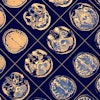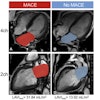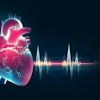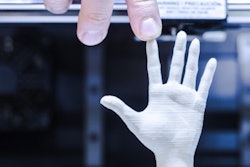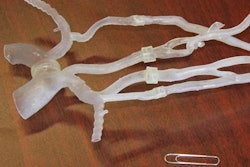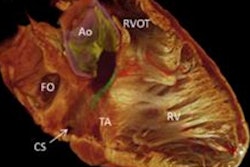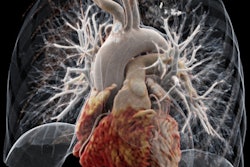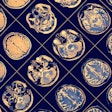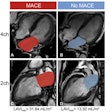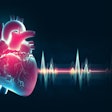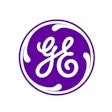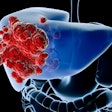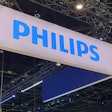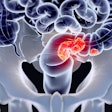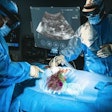Dear AuntMinnie Member,
Are you intrigued by the potential of 3D printing, but aren't sure how to get started? Then visit our Advanced Visualization Community for a new article that includes some great tips on how radiologists can optimize their role in 3D printing.
Assistant Editor Abraham Kim spoke with neuroradiologist Dr. Jenny Chen, founder and CEO of 3D printing organization 3DHeals. Dr. Chen explained many of the benefits of 3D printing, both for patients and healthcare providers, and she offers suggestions on learning more in an article you can read by clicking here.
In other 3D printing news, researchers from Connecticut created a 3D-printed phantom that enables physicians to practice threading a wire through brain arteries for mechanical thrombectomy procedures. Find out how it works by clicking here.
More on NIH x-ray database
When the U.S. National Institutes of Health (NIH) opened up a massive database of chest x-ray studies to the public, it was seen as a huge boon to developers of artificial intelligence software. In a new article in our Artificial Intelligence Community, NIH staff radiologist Dr. Ronald Summers, PhD, talks about why the agency decided to make the database public and the benefits it expects it to bring. Learn more by clicking here, or visit the community at ai.auntminnie.com.
New GBCA research
Finally, be sure to visit our MRI Community for a new article that offers an intriguing wrinkle in the debate over gadolinium deposition from gadolinium-based contrast agents (GBCAs). Researchers from Germany found no measurable levels of gadolinium after multiple administrations of two commercially available macrocyclic agents. The findings add weight to theories that gadolinium retention may vary based on the type of GBCA being used. Read more by clicking here, or visit the community at mri.auntminnie.com.
